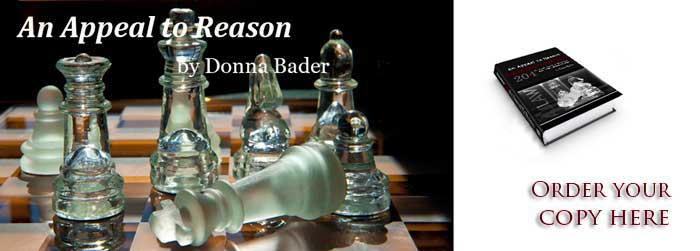Recent Posts
- affirmance (1)
- AIDS (1)
- alcohol (1)
- American Indians (1)
- An Appeal to Reason (2)
- appeal (4)
- appeals (2)
- appellate (1)
- appellate attorneys (1)
- Arbitration (1)
- arguable issue (1)
- attorneys (1)
- balance (1)
- Black Lives Matter (1)
- BLM (1)
- book (2)
- cancer (1)
- cigarettes (1)
- city of los angeles (1)
- code of civil procedure motion (1)
- collectives (1)
- constitution (1)
- discrimination (1)
- dismiss (1)
- dispensaries (1)
- drugs (1)
- employment (1)
- Fourth Appellate District (1)
- Holidays (1)
- homosexuality (1)
- injunction (1)
- Inon-economic damages (1)
- John Bolton (1)
- Judge Royce C. Lamberth (1)
- judgment (1)
- jury (1)
- Lake Forest (1)
- law (1)
- law school (1)
- marijuana (1)
- mediation (1)
- medical marijuana (1)
- Michael Flynn (1)
- Michael Moore (1)
- mootness (1)
- name change (1)
- Oklahoma (1)
- people (1)
- People v. Garcia (1)
- psychiatric (1)
- punitive damages (1)
- religion (1)
- reversal (1)
- Ruth Bader Ginsburg (1)
- Sandra Smith Gangle (1)
- sharing (1)
- Simon & Schuster (1)
- social media (1)
- stress (1)
- student visas (1)
- suicide (1)
- summary judgment (2)
- superior court (1)
- Supreme Court (1)
- The Room Where It Happened (1)
- tips (1)
- trial (1)
- trial attorneys (2)
- trial tip (1)
- Trump (1)
- women (1)
- wrongful death (1)
Contact
- Donna Bader
- Attorney at Law
- Post Office Box 168
- Yachats, Oregon 97498
- Tel.: (949) 494-7455
- Fax: (949) 494-1017
- Donna@DonnaBader.Com
